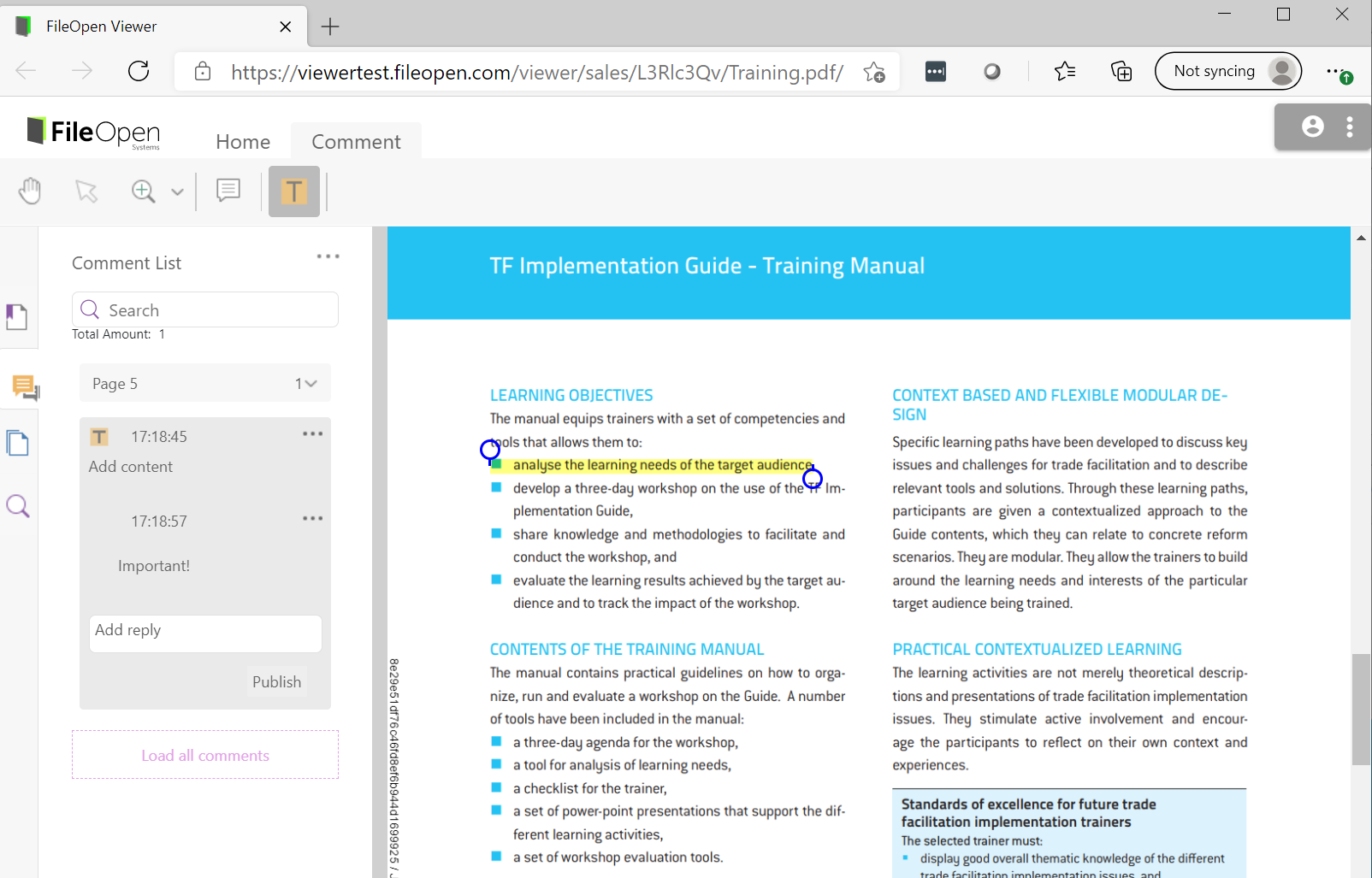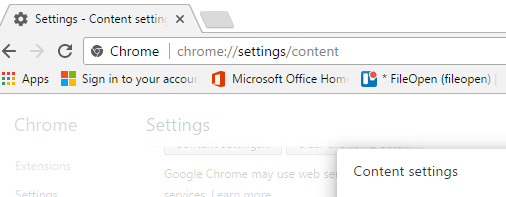
The file can be saved, copied and shared, but anyone else who tries to view that file is required to enter the original user's authentication information. The PDF version of the file can be freely downloaded but to view the file in Acrobat, the user must first enter their Collaborate userid (email address) and password. PDF Encryption - With PDF encryption, a file is converted to PDF (if it is not already in PDF format) and then FileOpen encryption is applied to the PDF file.The previewer requires an HTML5 compatible browser. The original document is not downloaded to the user's computer and cannot be shared and the user does not need to install the native application. Previewer - The previewer displays documents in the browser.There are two principal ways of configuring digital rights management on a Collaborate site: Click the More options icon for a User group, select Set group permissions and Files.Īlternatively, a site administrator can manage DRM for each folder or file. Click the File tab then the More options icon for a folder or file, select Edit details and Permissions.

To manage DRM permissions for User Groups, click the Admin tab then select Groups in User management. In the Admin tab, open Module settings then Files.

There are two separate (DRM) options available in Collaborate, which can be configured by the Site Administrator, as discussed here. When DRM is applied to a file, some or all of these permissions may be removed and the file may be changed through the addition of uneditable watermarks. Word files, but not Adobe Acrobat files). For example, they can view, print, download and share the file with others and edit the file if the file is in an editable format (i.e. Typically, when a user can access a file on their own computer they have full rights to that file.


Digital Rights Management (DRM) is a term used to suggest restrictions on a user's permissions with respect to a file.


 0 kommentar(er)
0 kommentar(er)
